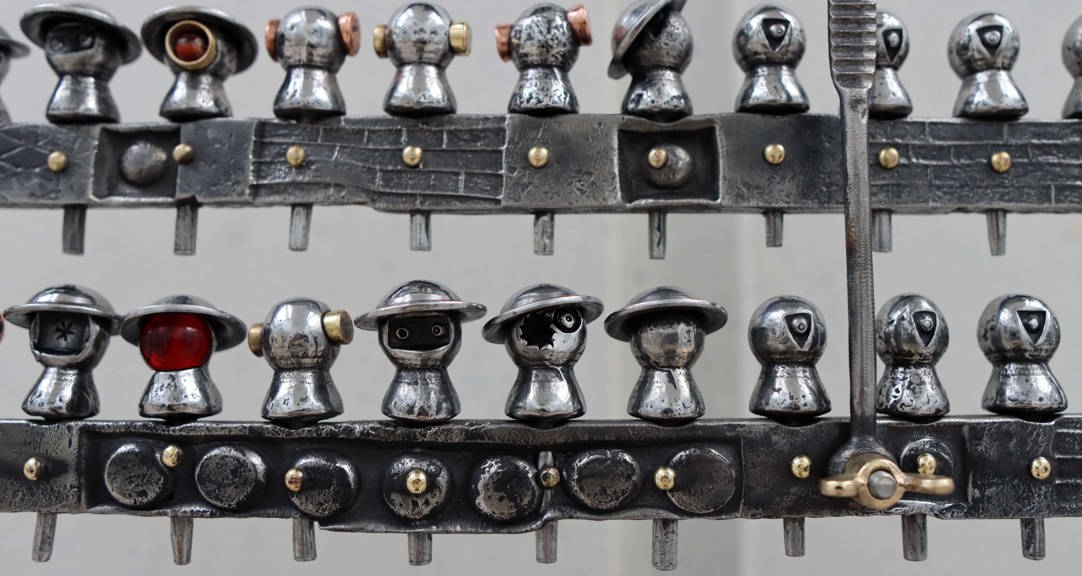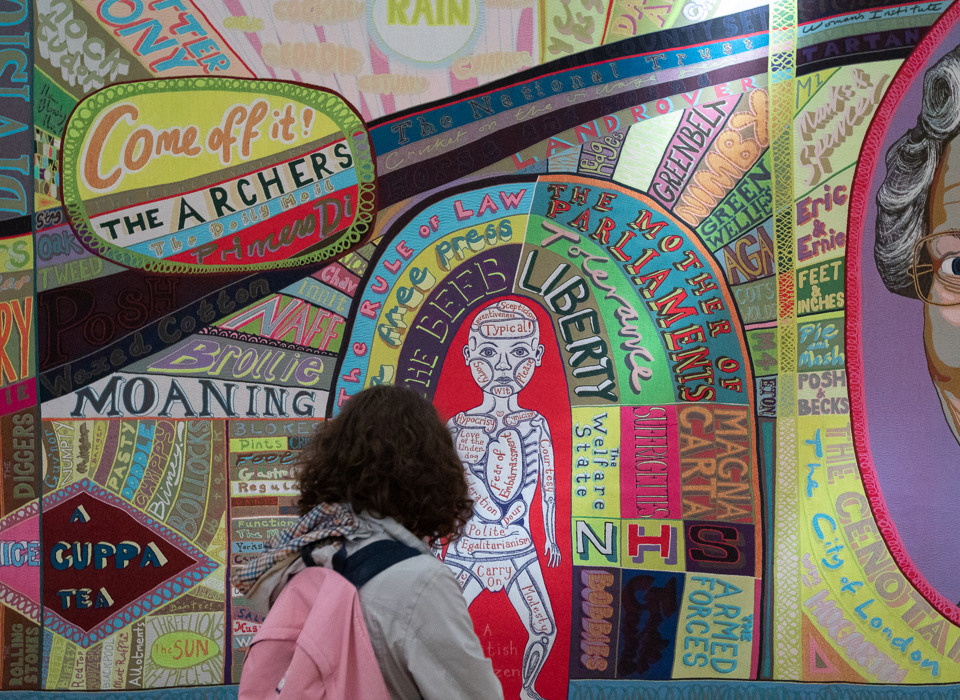John Ruskin was a Victorian writer who searched passionately for beauty in the world around him. He explored nature from the smallest pebble to the mightiest landscape and examined art from the daintiest brush stroke to soaring architectural structures.
During his lifetime, England’s manufacturing cities expanded and became wealthy, whilst their workforces lived in poverty and grime. Workers had little to inspire them. Ruskin wanted to counter this imbalance and in 1871 set up the Guild of St George, a philanthropic society. Through the Guild, Ruskin founded a museum specifically for Sheffield’s workers. He filled it with a collection of artworks, illustrated books and minerals, all chosen to reflect his exploration of beauty.
Originally sited at Walkley, just outside the city centre, the museum offered visitors the opportunity to escape the smoke that surrounded them and immerse themselves in nature and art. Today, though the Ruskin Collection is exhibited in the city centre, it is still displayed and used as the creative and inspirational tool that Ruskin intended.
With more than 325 Companions worldwide, the Guild Of St George is now a charity that continues to promote Ruskin’s values in the modern world. As well as its Ruskin Collection, the Guild owns land in the Wyre Forest and elsewhere, and supports public engagement projects, together with conferences, publications, lectures and symposiums, all designed to encourage the use of Ruskin’s ideas to make the world a better place to live in.















